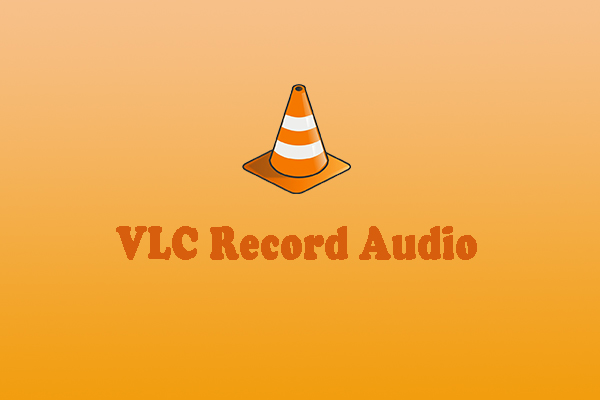Introducing Adobe Audition
Adobe Audition is a professional digital audio workstation where you can create, mix, and design sound effects with its excellent digital audio editing software. It is popular among podcasters, musicians, voiceover artists, and other audio professionals.
It comes with various of the industry’s best audio editing features, such as multitrack editing, waveform and spectral display, audio restoration tools as well as audio analysis tools. How to record audio on Adobe Audition to create a good audio file? In the following content, I will show you the detailed instructions.
How to Record in Adobe Audition
Here, let’s explore the detailed guidance on how to record in Audition.
Step 1. Create a new file or open an existing file.
Launch Adobe Audition to access the Waveform Editor, click File, choose New, and select to create a new file. If you want to record more than one track, you can go to the Multitrack Editor. In the popup, you can personalize the sample rate, bit depth, and channels. Give a name to your file and click OK to save the changes.
Step 2. Set up your audio hardware.
If you are a Mac user, you can click Adobe Audition, choose Preferences, and select the Audio Hardware option. For Windows users, go to Edit, select Preferences, and choose Audio Hardware. Then you can choose the input and output devices, select the appropriate device class based on your setup, adjust the latency settings, and then test your setup with the Input Monitoring feature. Next, click OK to save these changes and exit the Preferences window.
Step 3. Arm the recording.
After making the above preparations, it’s time to arm your recording. Simply click the button with R. Then the button will turn red, which means it arms the track for audio recording.
Step 4. Start recording in Adobe Audition.
At the bottom of the screen, click the red Record icon to start the recording process. Then you can see a waveform within the track.
Step 5. Stop and save the recording.
Simply click the Stop icon (a square icon) to end the recording. Next, click File and choose Save to export your audio file. Before exporting the recorded audio file, you can also edit it by trimming, applying effects, or making other edits.
Other Excellent Digital Audio Workstations
In addition to Adobe Audition, there are other good digital audio workstations that can help you create professional audio files. Here’s a list for your reference:
- Audacity
- GarageBand
- Logic Pro
- FL Studio
- Ableton Live
- …
With these tools, you can create excellent music, podcasts, or other audio works. Also, you can use them as audio editors. Do you know what are the differences between Adobe Audition and Audacity? Just read this post: Audacity vs Adobe Audition: A Detailed Comparison
Recommended Ways to Record Activities on Adobe Audition
After you master how to record in Adobe Audition, you may also want to teach others how to do that. You can directly share this post with your friends or fans. Alternatively, you can use a screen recorder to create a tutorial video to show how to record on Adobe Audition. A reliable screen recording tool can assist you in completing the task easily and efficiently. If you are a Mac user, QuickTime Player should be your first choice, which is a pre-install program for Mac.
If you are a Windows user, MiniTool Video Converter is worth a try. It is a completely free screen recorder that enables you to capture on-screen activities without ads, time limits, or watermarks.
With its features for microphone and system audio recording, you can use it to create tutorial videos for Adobe Audition with narrations. More importantly, it supports recording 4K screens at the original, high, or standard quality. With it, you can create high-quality recordings.
MiniTool Video ConverterClick to Download100%Clean & Safe
Conclusion
It is difficult for beginners to master how to record in Adobe Audition. This post has offered detailed guidance. You can follow the above guidance and have a try. I hope you can enjoy this post.



![How to Record Browser with OBS in 3 Ways [Complete Guide]](https://images.minitool.com/videoconvert.minitool.com/images/uploads/2025/01/how-to-record-browser-with-obs-thumbnail.jpg)
User Comments :